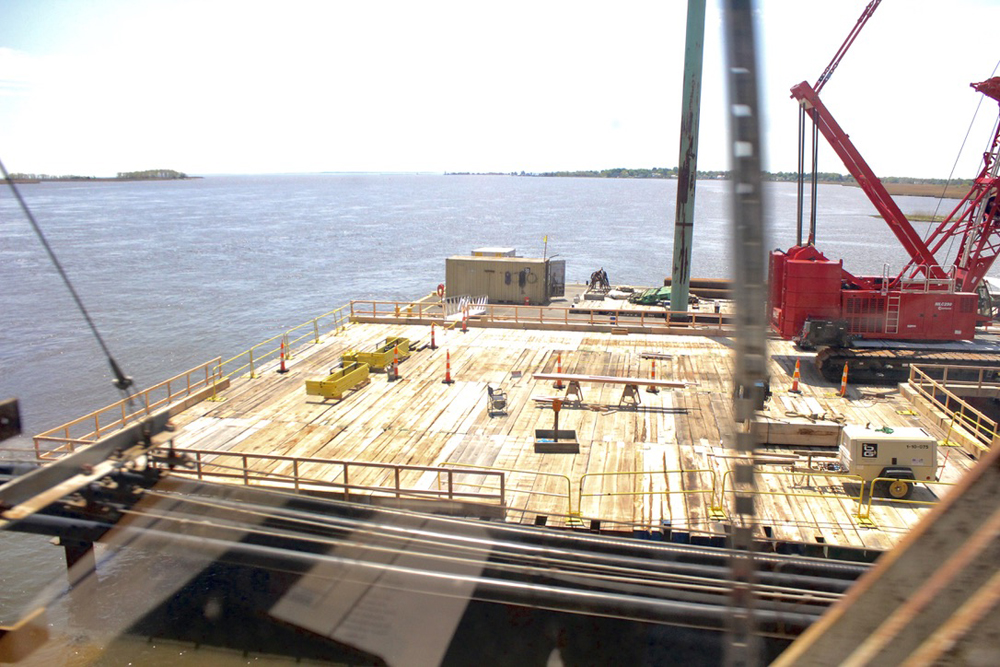
WASHINGTON — Overall revenue is up, costs are being contained, expansion plans remain on track, and Amtrak is taking detailed steps to ensure summer 2024 problems on the Northeast Corridor in New Jersey won’t happen again.
That’s a summary of issues covered in the live-streamed public portion of an Amtrak board meeting held today (May 22, 2025) to update financial, commercial, and operational matters.
While the board awaits Senate confirmation of Pennsylvania Republican Robert Gleason to its remaining open slot Democrat Anthony Coscia continues as chairman [see “Amtrak board nominee Gleason …,” Trains News Wire, May 13, 2025]. Republican Joel Szabat has assumed the role of vice chairman.
Board members heard more than an hour of presentations from department heads who summarized year-to-date operating results evaluated against previously developed “plan” metrics, as well as forward-looking initiatives.
Some highlights:
— Solid increases in Northeast Corridor, state-supported, and long-distance ridership and revenue have been driven by better equipment utilization and increased capacity. This has resulted in improvements in revenue versus costs per available seat-mile, according to Deputy Chief Financial Officer Costin Corneanu. However, Acela has lagged Northeast Regional gains.
— Chief Commercial Officer Eliot Hamlisch said revenue is up 5.9% in April, but has been negatively impacted by recent withdrawal of the Horizon car fleet, especially in the Pacific Northwest’s Cascades and Chicago-Milwaukee Hiawathas.

— The Borealis success story was highlighted by Vice President of Network Development Nicole Bucich [see “Amtrak’s Borealis marks first anniversary …,” News Wire, May 21, 2025]. Bucich said additional frequencies are contemplated by the three California corridors; extensions of New Haven-Springfield, Mass., shuttles to Boston are being considered; and Wisconsin is studying an additional Twin Cities route that might include Eau Clare and the state capital in Madison.
— How the company is executing major Northeast Corridor projects such as the Connecticut River Bridge and beefing up New Jersey track infrastructure and power delivery for summer was discussed at length by Liam McQuat (engineering vice president), Gery Williams (service delivery executive vice president), and others. Together, the projects represent the largest capital program in Amtrak history. A major concern, however, is that billions of dollars in the three capital funding “buckets” to pay for the work are in uncertain stages of being awarded, obligated, or appropriated.
After the presentations, three board members asked questions.
Chris Koos wondered whether there were any supply chain issues in obtaining all of the electrical components the company needed to implement the Northeast Corridor upgrades. He was told that there have not been any problems so far.
Joel Szabat understood that with only 15 of 20 legacy Acelas operational, the pricey product was lagging behind Northeast Regional ridership and revenue increases, but wondered whether the next generation Acela trainsets would be running a year from now and if Amtrak could fill the seats. Hamlisch said the assumptions were “generally correct,” the new Acelas would increase capacity by 50%, and the company is “very confident there is demand out there for the service.”
Elaine Clegg, the board member from Idaho, said she was glad Hamlisch and Corneanu explained why long-distance service operating profitability can’t approach what the Northeast Corridor achieves. She asked whether the “easiest path” for long-distance expansion would be on routes with state-supported service. “I think that’s a fair assumption,” Hamlisch said, and acknowledged that without new equipment to expand capacity or routes, the national network’s financial performance could only be improved by “driving incremental demand and cost containment.”
Among issues not discussed, at least during the public session:
— How will extensive managerial and oversight job cuts affect the many complicated, high-ticket capital projects underway? [See “Amtrak trims management workforce,” May 7, 2025.] A document obtained by News Wire shows 79 of the slots to be axed are positions in engineering; asset, project, and program management; information technology; and procurement.
— Where does acquisition of bi-level, long-distance equipment stand? The Request for Proposals has been revised several times because manufacturers have balked at the complicated specifications [see “Amtrak inspector general report …,” Dec. 18, 2024]. News Wire has learned from several sources that the RFP process has been “paused” indefinitely.
— What exactly is holding up Alstom’s NextGen Acela delivery, when and how many trainsets will be placed in service initially, and how will these trainsets be maintained when servicing and commissioning facilities for them have not been completed in Washington, New York, or Boston? A presentation slide connected with the Siemens Aero procurement indicated that facilities for that equipment won’t be ready at Washington’s Ivy City yard and Boston Southampton until 2028, but nothing was said about the new Acelas, which are too long to fit into buildings where legacy Acelas are serviced.
— What will Amtrak seek in its Grant and Legislative Request? The company has said it is waiting to see what the President has in mind [see “Trump budget mum…” May 2, 2025], but there must be a strategic plan waiting in the wings.
Online participants were able to ask questions in a chat, but others weren’t able to see what was asked and were told, “We won’t have time to answer questions today.” Additional queries can be emailed to publicmeeting@amtrak.com.






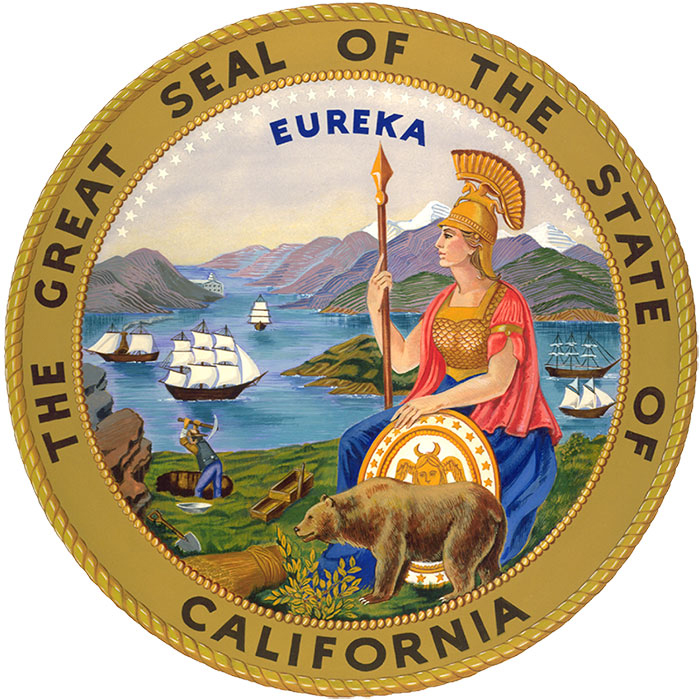

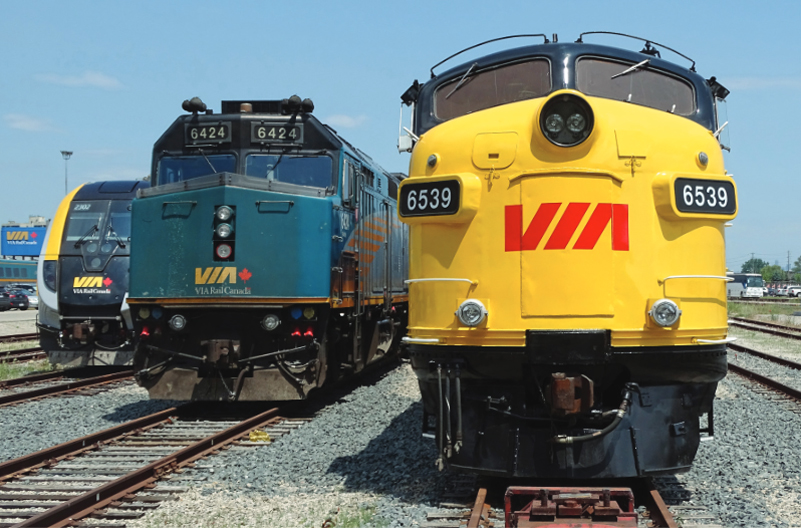
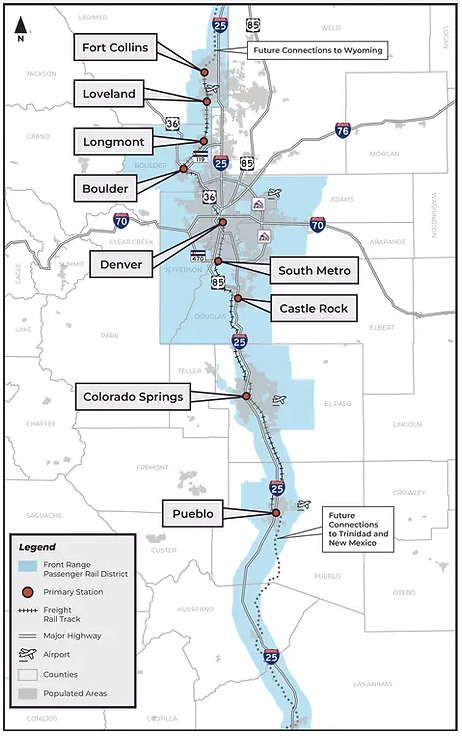
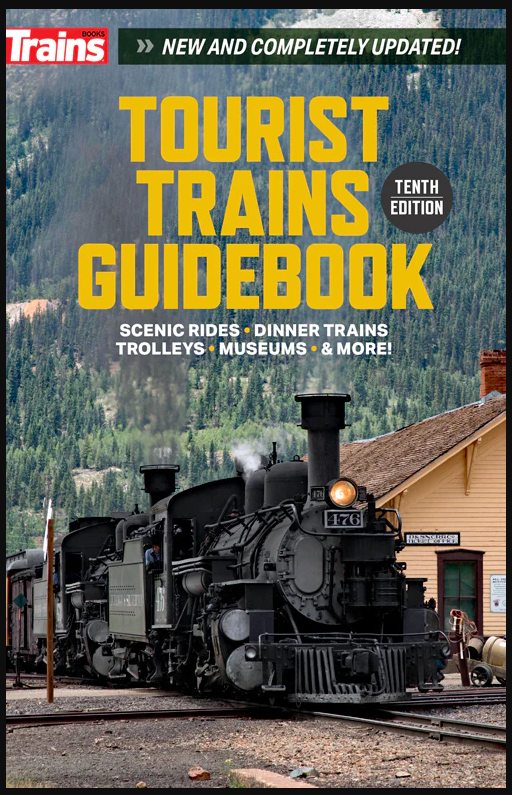
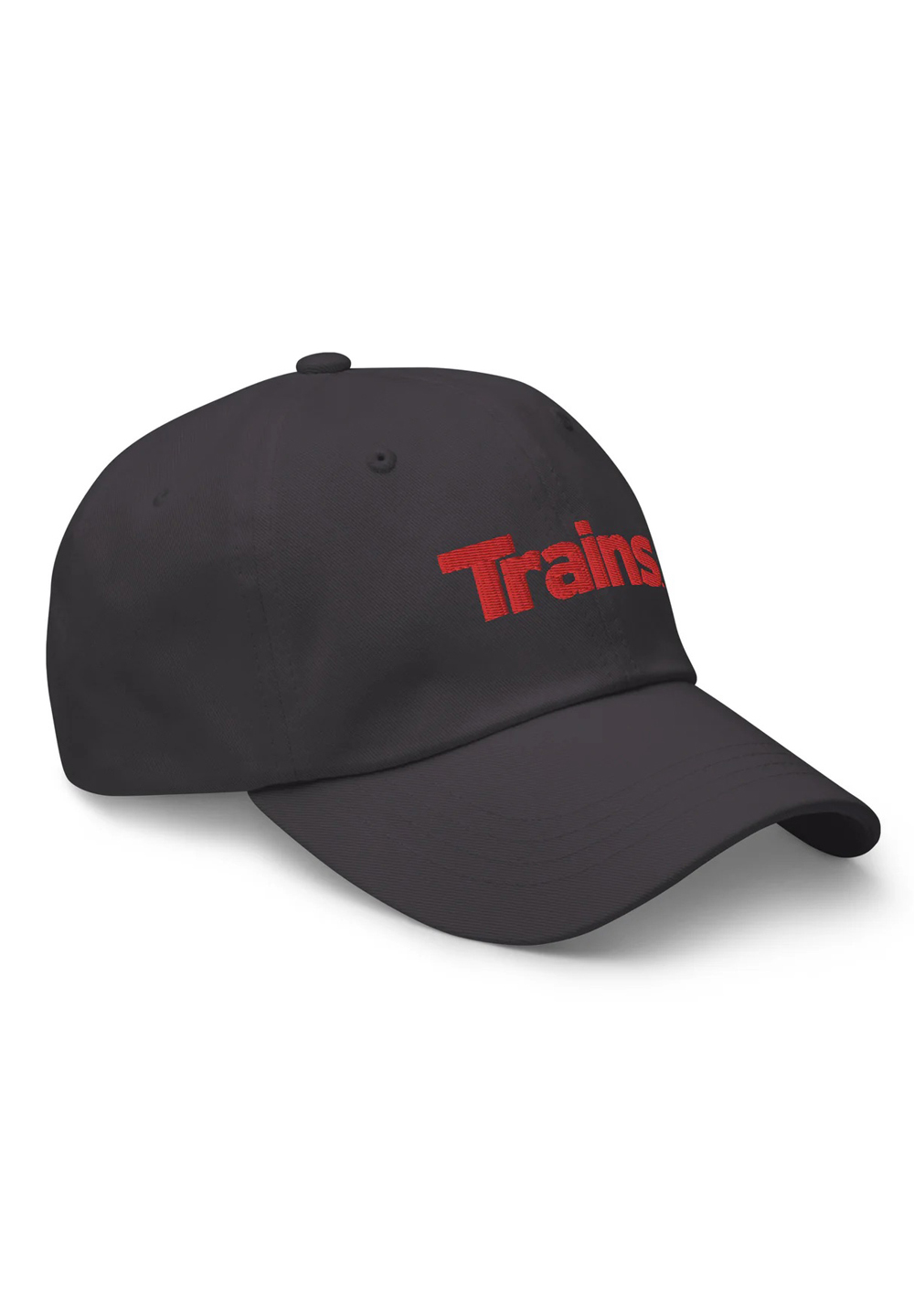

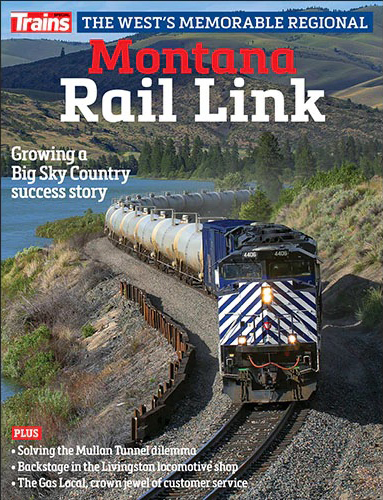
better board and a frontline management for passenger ops nationwide plus people who work the frontline and know how to run a passenger railroad follow the history on how is was done both godd and bad;
If anyone wants to understand why Amtrak —
(1) doesn’t repair the dozens of cars in Beech Grove Shops,
(2) doesn’t operate full-service dining cars on all long-distance trains for ALL passengers to enjoy,
(3) doesn’t print timetables for customers to understand where trains go,
(4) doesn’t re-allocate a few cars from a few corridor trains to add a few extra cars to long-distance trains,
(5) doesn’t redesign its confusing and cumbersome website to make it user friendly,
(6) and doesn’t fix dozens of other problems to improve service……
one needs to only read the biographies of the Amtrak Board of Directors —
— a Former CSX and NS Executive and FRA Administrator (Mr. Batory)
The others are
— an ADA Guideline Specialist & Lawyer (Mr. Capozzi)
— a Doctor of Political Science and Doctor of Law (Mr. Chen)
— a Regional Transit Administrator with a degree in Art & Painting (Ms. Clegg)
— a Commercial Real Estate Entrepreneur & Doctor of Law (Mr. Coscia)
— a Retired Aviation & International Affairs Specialist (Mr. Szabat)
— a Small City Mayor (Mr. Koos)
and the President of Amtrak is a Former Executive with AeroMexico (Mr. Harris).
What Amtrak DESPERATELY NEEDS is a Board of Directors and a Management Team that understands the concept of true passenger train service and an onboard experience that generates repeat riders! A company cannot generate increasing revenue by constantly raising ticket prices, while cutting service to the bone!
Some on this site seem to be under the impression that the NEC is the only rail service that deserves to exist. The NEC carries less than 1% of the total travel along that corridor, a highly competitive corridor saturated with choices for the traveler in that area. Most of the Amtrak travel is between NY city & Philly & the commuter agencies actually use corridor more than Amtrak. Billions of dollars are/will be sunk into maintaining this antiquated corridor crushing any so called “profit” they love to tout. Despite the NEC being within the mileage criteria that other states must subsidize themselves under PRIIA they (NEC) continue to have their premium service subsidized by the nations taxpayers. Sure LD routes don’t carry as many passengers but they connect communities with little or no other transportation options. Doubling daily service on these routes would certainly increase ridership but with the dysfunction in Washington, the shortage of equipment, & the freight RR’s no growth trackage capacity not to mention their monster trains twisted up like last year Christmas lights it’s not possible. There a lot of potential for growth of passenger rail LD & corridors to reduce overall congestion but until Washington starts funding it as generously as hwys & aviation (also with $$$ it doesn’t have) nothing is going to change.
For the first six months of FY25, the Borealis incurred an Adjusted Operating Loss of approximately $2.1 million. When the state support revenues, which are a taxpayer subsidy, are backed out of Operating Revenue, the cost worn by federal and state taxpayers was approximately $5.4 million. The average subsidy per rider was approximately $55.12. Only a government agency would chock this up as a win.
In response to a previous question, in addition to the President of Amtrak, Roger Harris, the company has eight executive vice presidents and one vice president. Last year, Stephen Gardner, Amtrak’s recently departed CEO, was paid a salary of $490,000 and received more than $600,000 in incentive bonus payments. Harris probably will see similar amounts now that he is the CEO.
The issue of maintenance facilities for the new Acelas is very concerning. Given as late as the roll out has been, why has this problem not been addressed? Or maybe it has…who knows. Maybe the plan is to maintain them as well as possible given current facilities, but Amtrak’s history on equipment maintenance is very checkered at best. I would hate to see a scenario where the new trainsets are finally rolled out but suffer reliability issues due to insufficient maintenance. This would be a disappointment but would fit right into the way the company is currently being run especially in regards to new equipment.
My question is: Amtrak has how many vice-presidents?
I have stood in the Moynihan train hall, which now is thronged with people getting food as well as passengers, seeing long lines for sold out NEC Regional and Acelas. More and better service is not rocket science, but Amtrak is a typical bureaucracy hobbled by the lethal mixture of arrogance and stupidity.
Just a reminder that back in the day the Milwaukee Rd. operated what was in essence a Chi-Milw-Twin cities corridor service, with up to 8 trains each way..some faster or slower. One could also choose the C&NW’s “400.”
Ironic that CPKC gets high marks from Amtrak.
“[T]he board member from Idaho, said she was glad Hamlisch and Corneanu explained why long-distance service operating profitability can’t approach what the Northeast Corridor achieves.”
“If you tell a lie big enough and keep repeating it, people will eventually come to believe it. The lie can be maintained only for such time as the State can shield the people from the political, economic and/or military consequences of the lie. It thus becomes vitally important for the State to use all of its powers to repress dissent, for the truth is the mortal enemy of the lie, and thus by extension, the truth is the greatest enemy of the State.”
Beside the “great success story” which is the Borealis, let’s look at other successes in Wisconsin and one failure:
Success: Every single station on the Hiawatha route is new or rebuilt: Chicago Union Station, Glenview, Sturtevant, Milwaukee General Mitchell Airport, Milwaukee.
Success soon to be: Second platform (under construction) at Mitchell Airport, so as to turn CPKC into a genuine two-track railroad, instead of as now, two adjacent single-track railroads, one for freight and one for passenger.
Failure: The Milwaukee – Madison train which never happened, because it was sold as “High Speed Rail”. It clearly would not be high-speed, making the proposal the object of widespread derision. No such claim was made for the Borealis, which is now running.
Wow – so was there really no firm date for the new Acela and no curiosity other than generally a year away? The Amtrak major project page for it still shows Spring of 2025. https://www.amtrak.com/routes/acela-train/nextgenacela
The Amtrak Borealis is a great success story. I would be interested to see the impact on the Empire Builder, specifically: is Chicago-Twin Cities ridership on that train down since Borealis started? If so, that should have opened up seat availability for long-distance EB riders traveling beyond the Twin Cities, enhancing the financial impact even more.